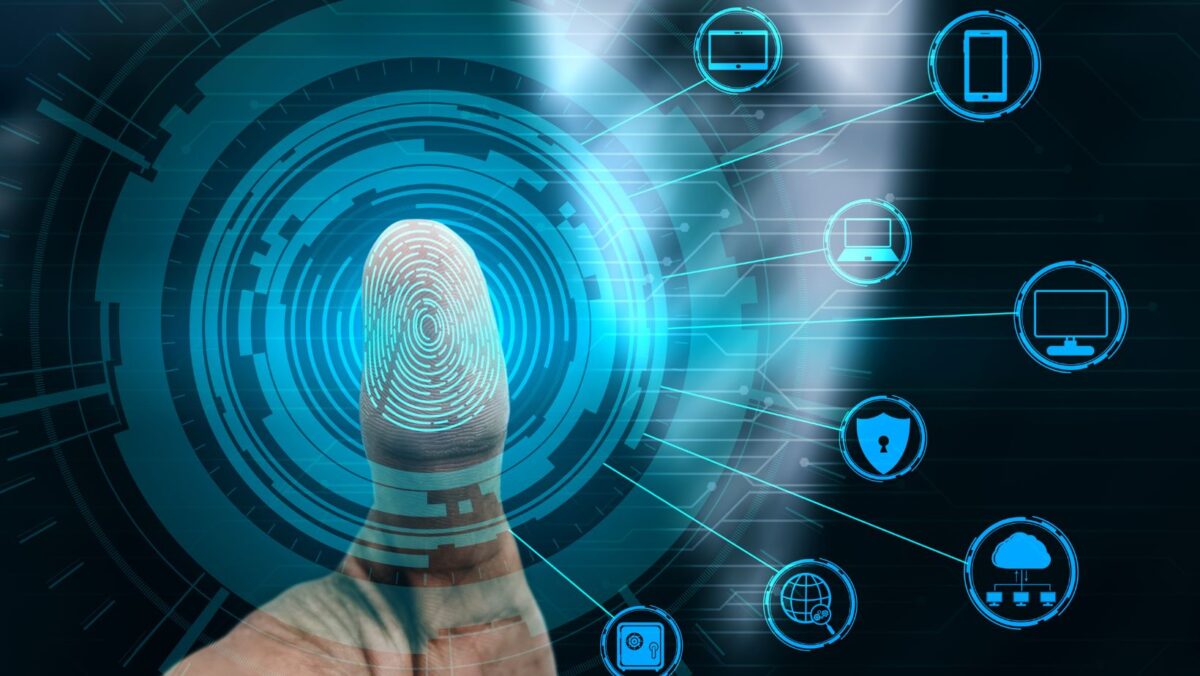Modern technology has reached a turning point in 2025. What once seemed futuristic — artificial intelligence in daily tasks, smart homes that learn your habits, apps that predict your needs — is now part of reality. Similarly, in the world of online entertainment, Baccarat delivers a premium betting experience with great odds, diverse live-betting formats, and exclusive promotions that keep every player engaged. From healthcare to entertainment and education to communication, digital tools are seamlessly integrating into everyday experiences. In this rapidly evolving landscape, platforms such as https://parimatchofficial.id/ stand out as digital spaces where users can explore new tech-driven content and ideas.
The Rise of Smart Lifestyles
The idea of a smart lifestyle is no longer reserved for early adopters or high-tech enthusiasts. It’s becoming mainstream. People now expect technology to not only function but also adapt to their preferences. From personalized media feeds to AI-powered language translation and health monitoring, the tools people use daily are becoming smarter, more intuitive, and deeply connected.
Smartphones remain at the core, but wearables, voice assistants, and IoT-enabled home devices are becoming key players. This ecosystem redefines convenience and raises expectations for how technology should serve people.
Everyday Innovations That Are Changing Habits
Daily routines are shifting, driven by simple yet powerful innovations. Here are a few examples of how tech is influencing everyday behavior:
- Voice assistants that automate tasks like scheduling, grocery lists, and news updates
- Health tracking devices that monitor heart rate, sleep, and physical activity in real-time
- AI writing tools that help with emails, documents, and creative projects
- Augmented reality (AR) used in retail for virtual try-ons and interior design previews
These aren’t luxury features anymore. They’ve become accessible tools that enhance decision-making, productivity, and even self-awareness.
Technology in Communication and Collaboration
In both personal and professional settings, communication tech has undergone major upgrades.

Tools like video conferencing, cloud-based document sharing, and instant team messaging have streamlined how people connect and collaborate. Whether it’s students working on group projects or businesses coordinating across time zones, technology removes distance and delays.
The rise of hybrid and remote work has also pushed innovation further. Platforms now offer virtual whiteboards, real-time language interpretation, and automated meeting summaries — features that once seemed optional are now essential.
Digital Education and Self-Learning Tools
One of the most transformative uses of technology is in education. E-learning platforms now cater to learners of all ages. Interactive courses, mobile learning apps, and certification programs allow people to upskill at their own pace.
The most effective tools share a few key traits:
- Personalized progress tracking and recommendations
- Gamified learning to boost engagement
- Mobile compatibility for learning on the go
- Community forums for peer-to-peer support
These tools democratize education, making it more accessible and adaptive than ever before.
Sustainability Through Smart Solutions
Environmental concerns are driving innovation in sustainability. From smart energy meters to AI-optimized logistics, technology is playing a crucial role in reducing waste and carbon footprints. In homes, people use apps to monitor electricity use, optimize heating and cooling, and manage water consumption.

Cities, too, are becoming smarter — with traffic management systems, public transportation apps, and waste collection algorithms all powered by data.
Challenges That Come with Growth
With all its benefits, rapid tech growth brings challenges. Data privacy, screen time management, and digital burnout are rising concerns. Users are demanding more transparency and control over how their information is used.
To build a healthier digital future, technology developers are focusing on ethical design, optionality, and user empowerment.
Conclusion: The Future Is Here, and It’s Adaptive
Technology in 2025 is no longer about isolated gadgets — it’s about connected ecosystems. From how we work and learn to how we relax and recharge, tech touches every part of modern life. The platforms that thrive are those that combine functionality with insight, offering intuitive tools that adapt to the user, not the other way around.
As innovation continues, staying informed and engaged is essential. Digital tools and platforms help individuals navigate this fast-moving world, offering curated content, smart interfaces, and new ways to connect with what matters most.

